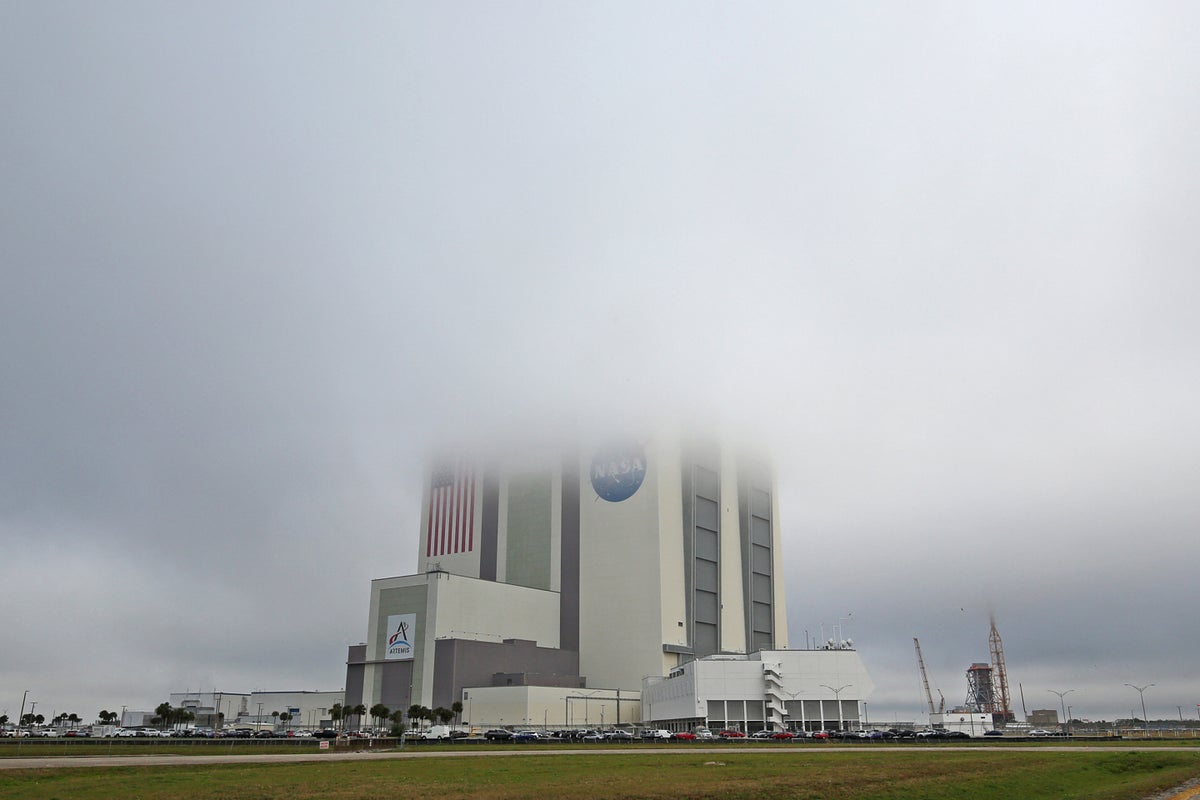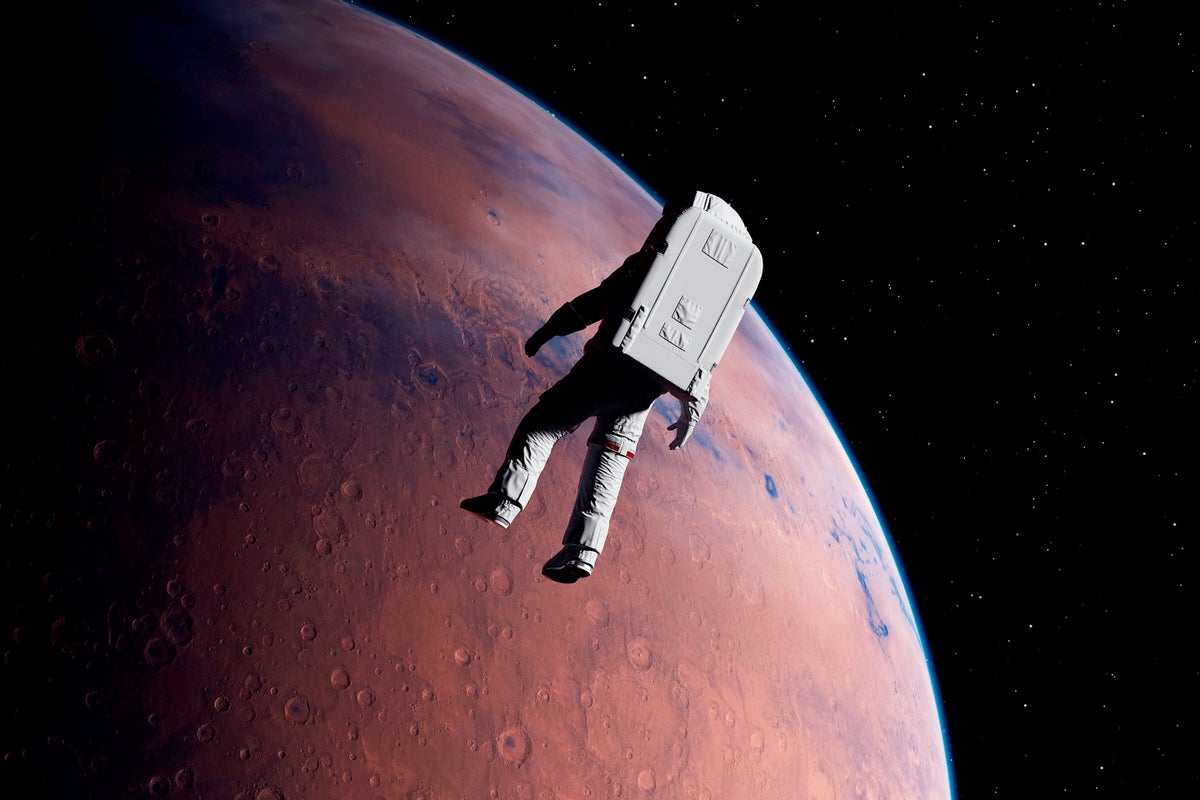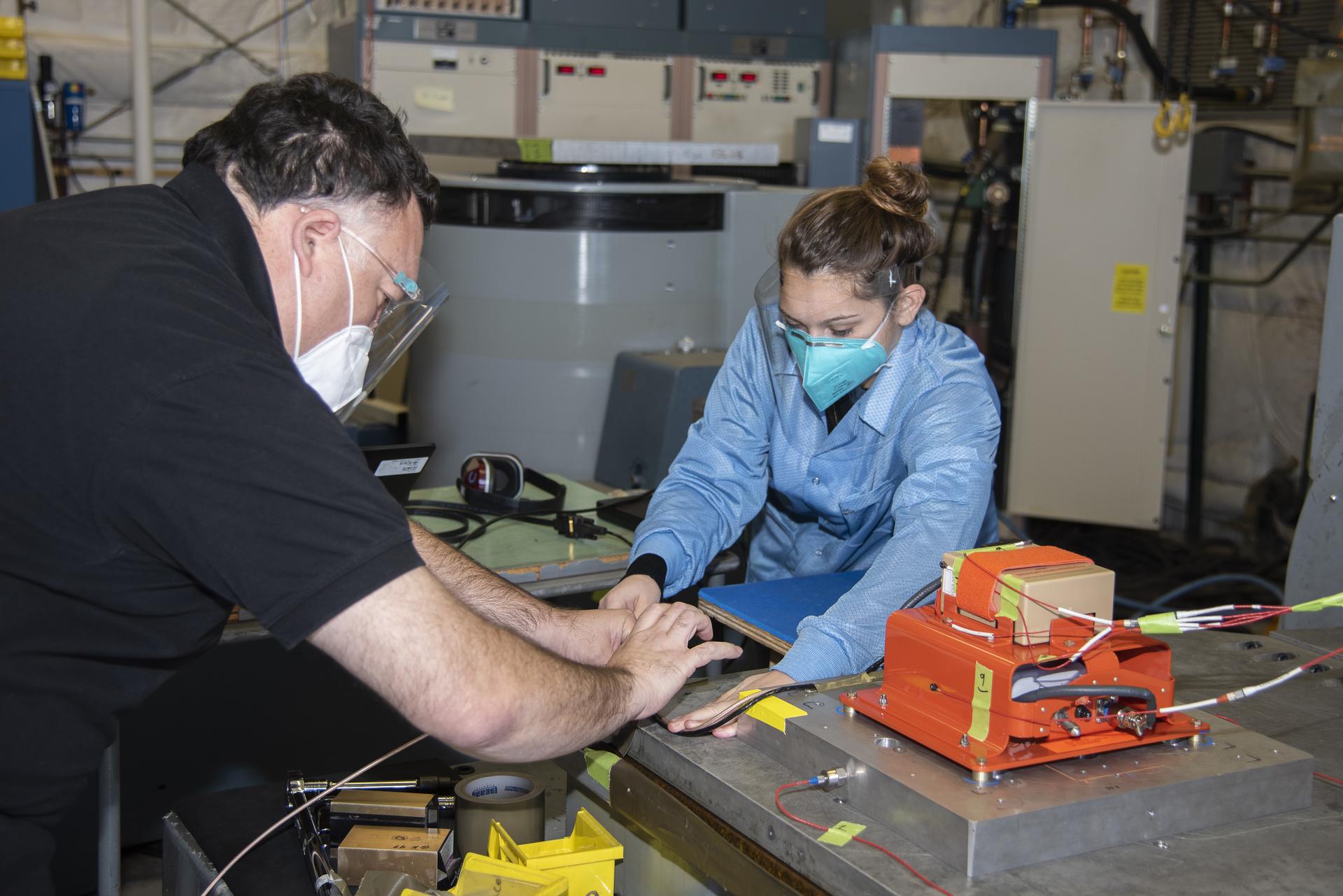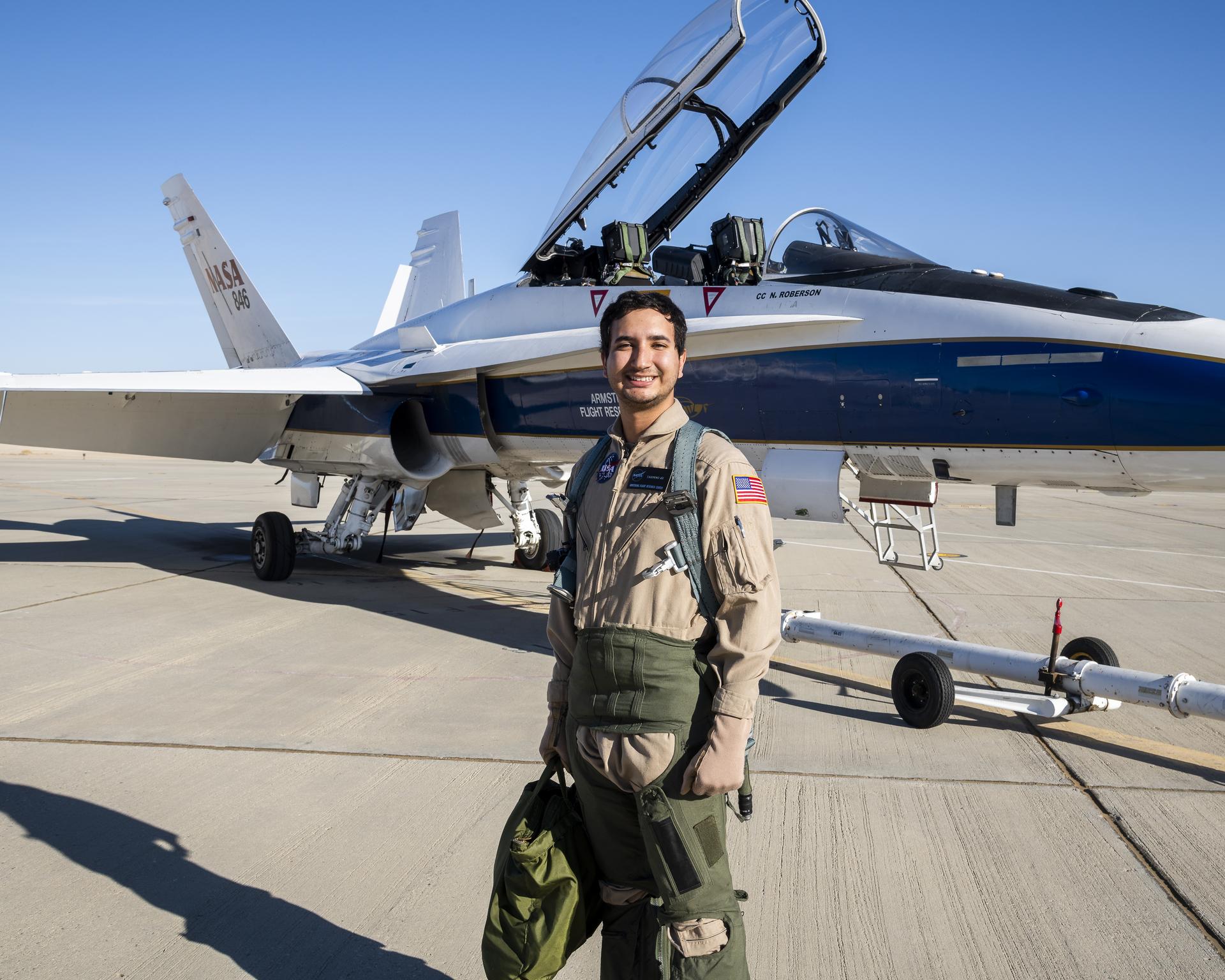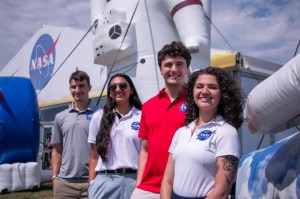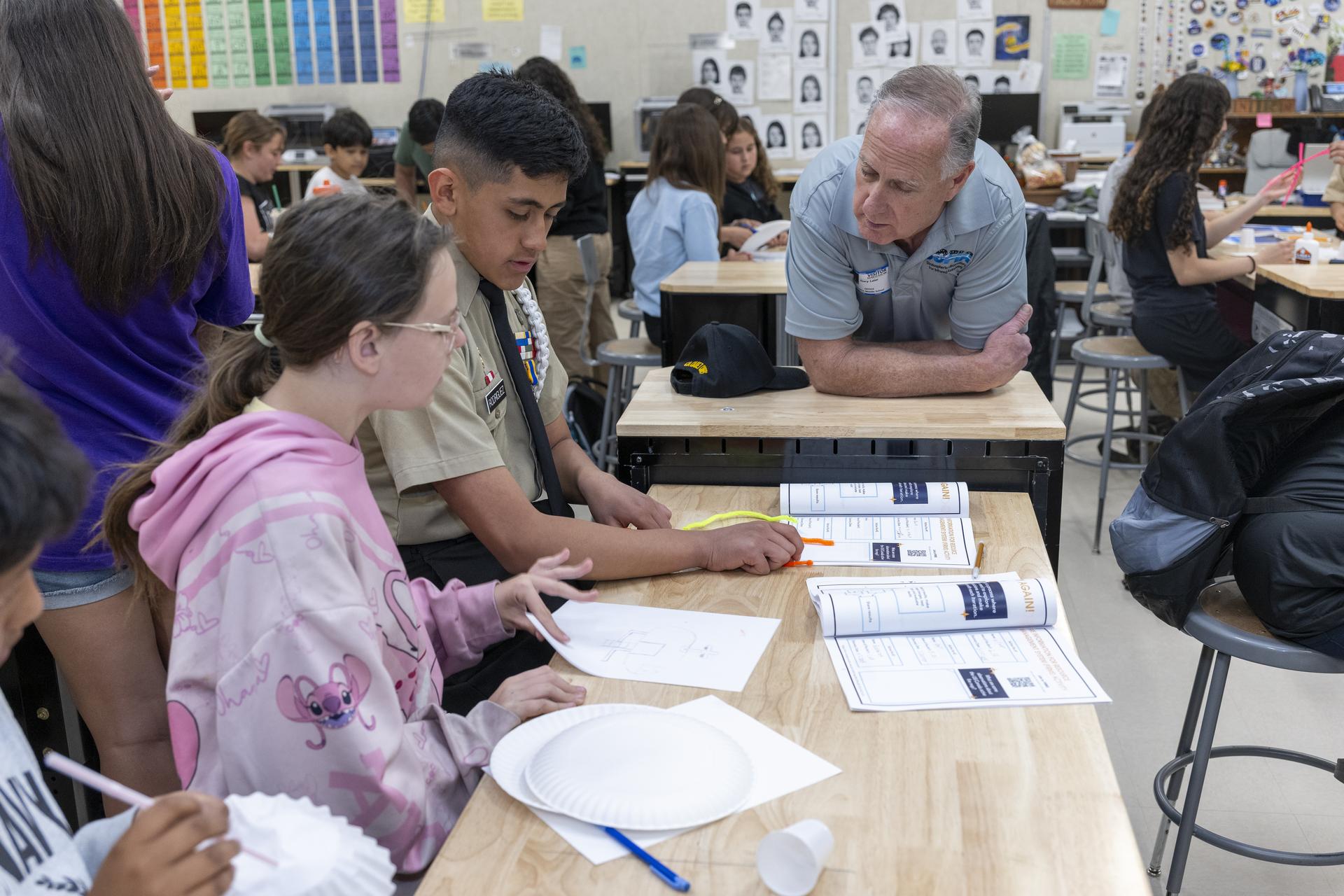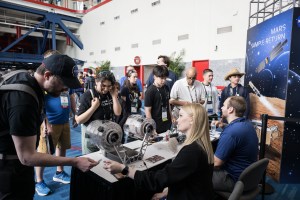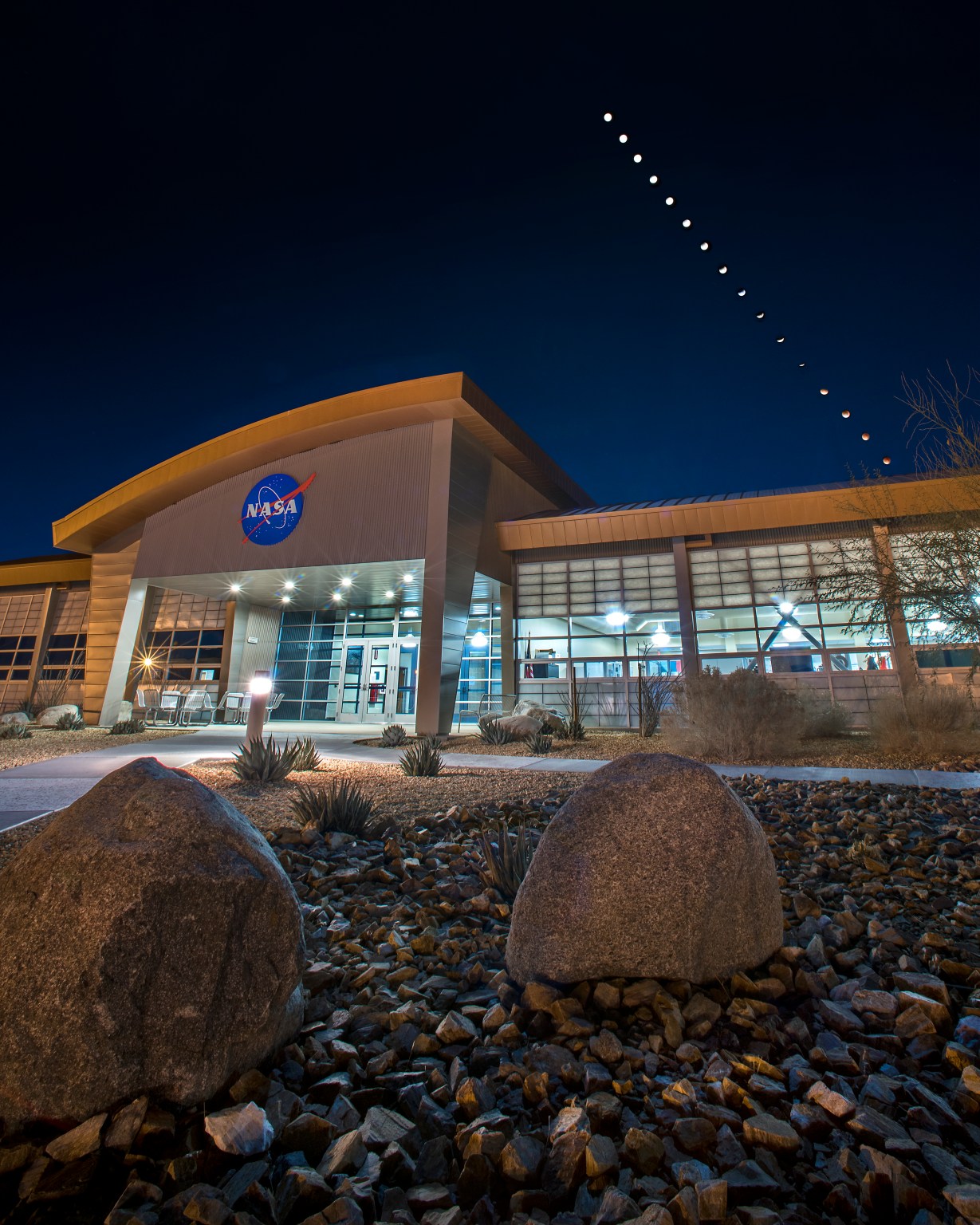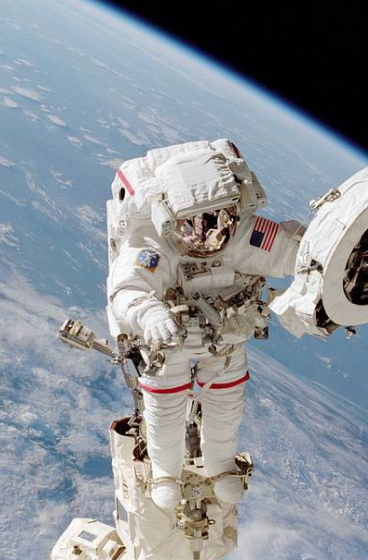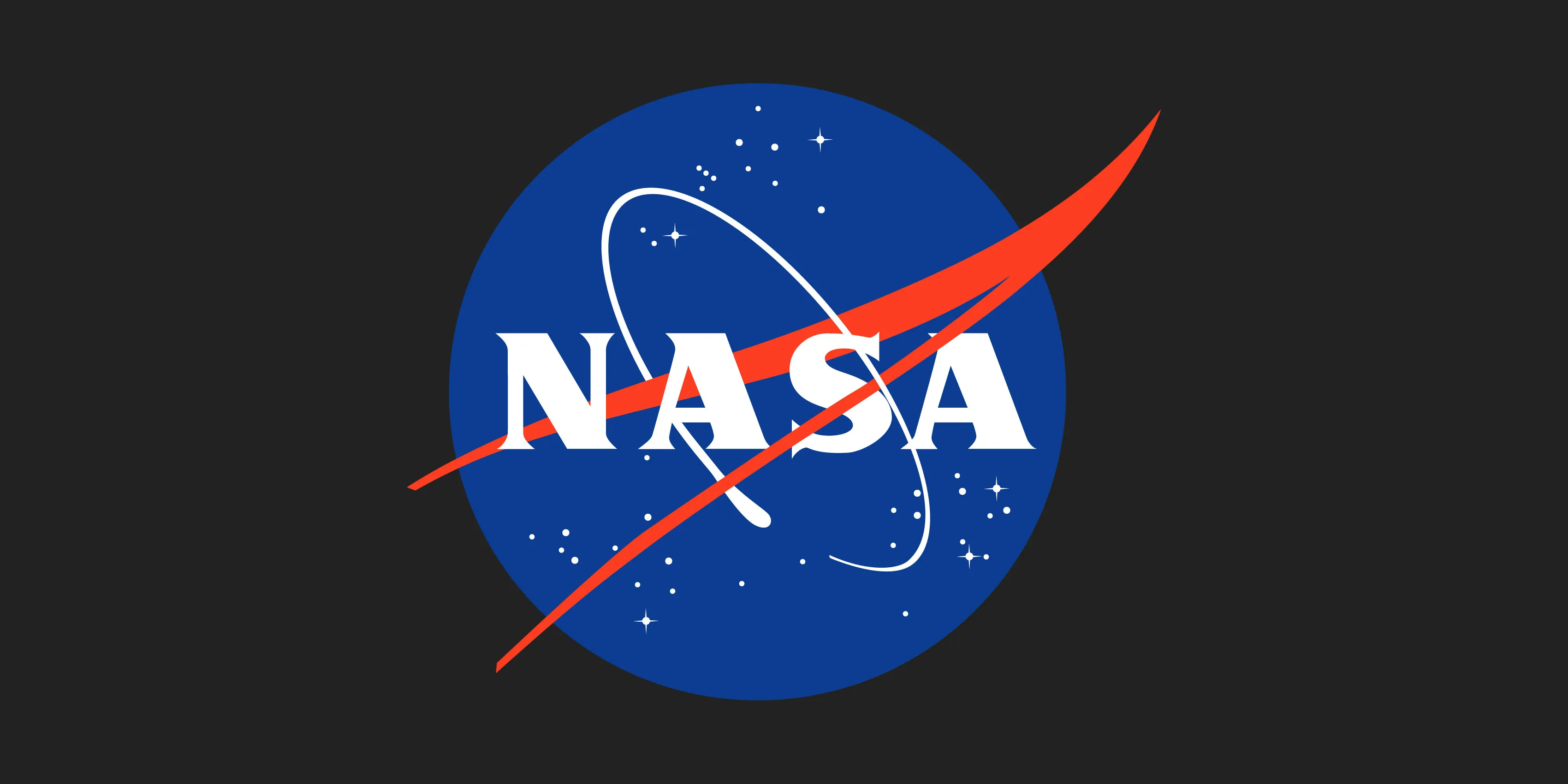NASA Careers Take Off with Internships
Lee esta historia en español aquí. Do you dream of working for NASA and contributing to exploration and innovation for the benefit of humanity? The agency’s internship programs provide high school and college students opportunities to advance NASA’s mission in aeronautics, science, technology, and space. Claudia Sales, Kassidy McLaughlin, and Julio Treviño started their careers […]

4 min read
Preparations for Next Moonwalk Simulations Underway (and Underwater)

Lee esta historia en español aquí.
Do you dream of working for NASA and contributing to exploration and innovation for the benefit of humanity? The agency’s internship programs provide high school and college students opportunities to advance NASA’s mission in aeronautics, science, technology, and space.
Claudia Sales, Kassidy McLaughlin, and Julio Treviño started their careers as interns at NASA’s Armstrong Flight Research Center in Edwards, California, where they continue to explore the secrets of the universe. Their journeys highlight the long-term impact of the NASA’s science, technology, engineering, and mathematics (STEM) programs.
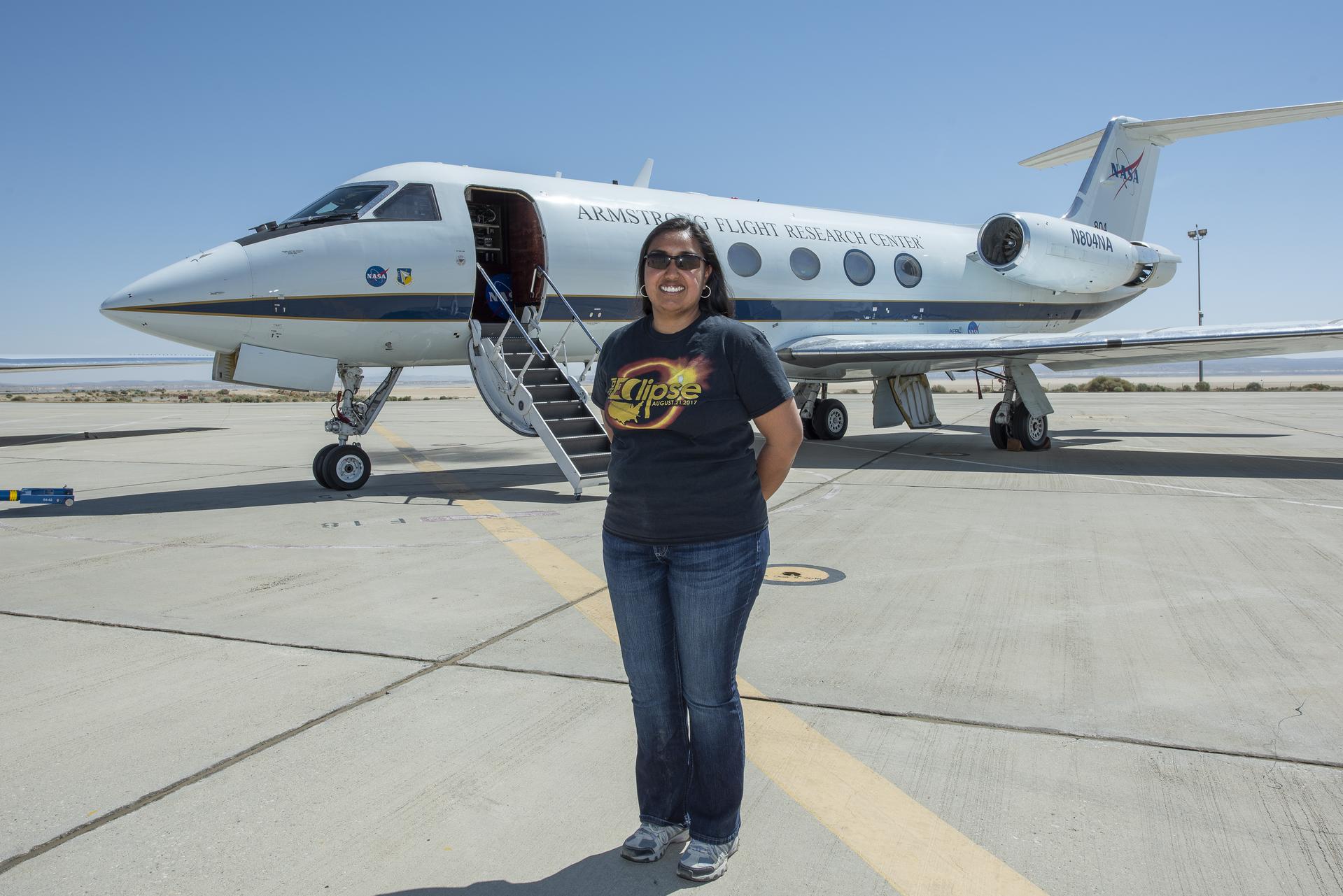
Claudia Sales
“I knew since I was a child that I wanted to work for NASA,” said Claudia Sales, acting X-59 deputy chief engineer X-59 deputy chief engineer and airworthiness certification lead for the agency’s quiet supersonic research aircraft.
Sales’ journey at NASA started in 2005 as a Pathways intern, a NASA work-study (co-op) program. She worked in propulsion and structures branches and supported such projects as the X-43A hypersonic research aircraft (Hyper-X) and the X-37 reusable orbital launch vehicle, where she had the opportunity to perform calculations for thermal estimations and trajectory analyses. She also completed design work with NASA Armstrong’s Experimental Fabrication Shop.
“It had been a dream of mine to be a part of unique, one-of-a-kind flight research projects,” Sales said. “My mentor was amazing at exposing me to a wide variety of experiences and working on something unique to one day be implemented on an air vehicle to make the world a better place.”
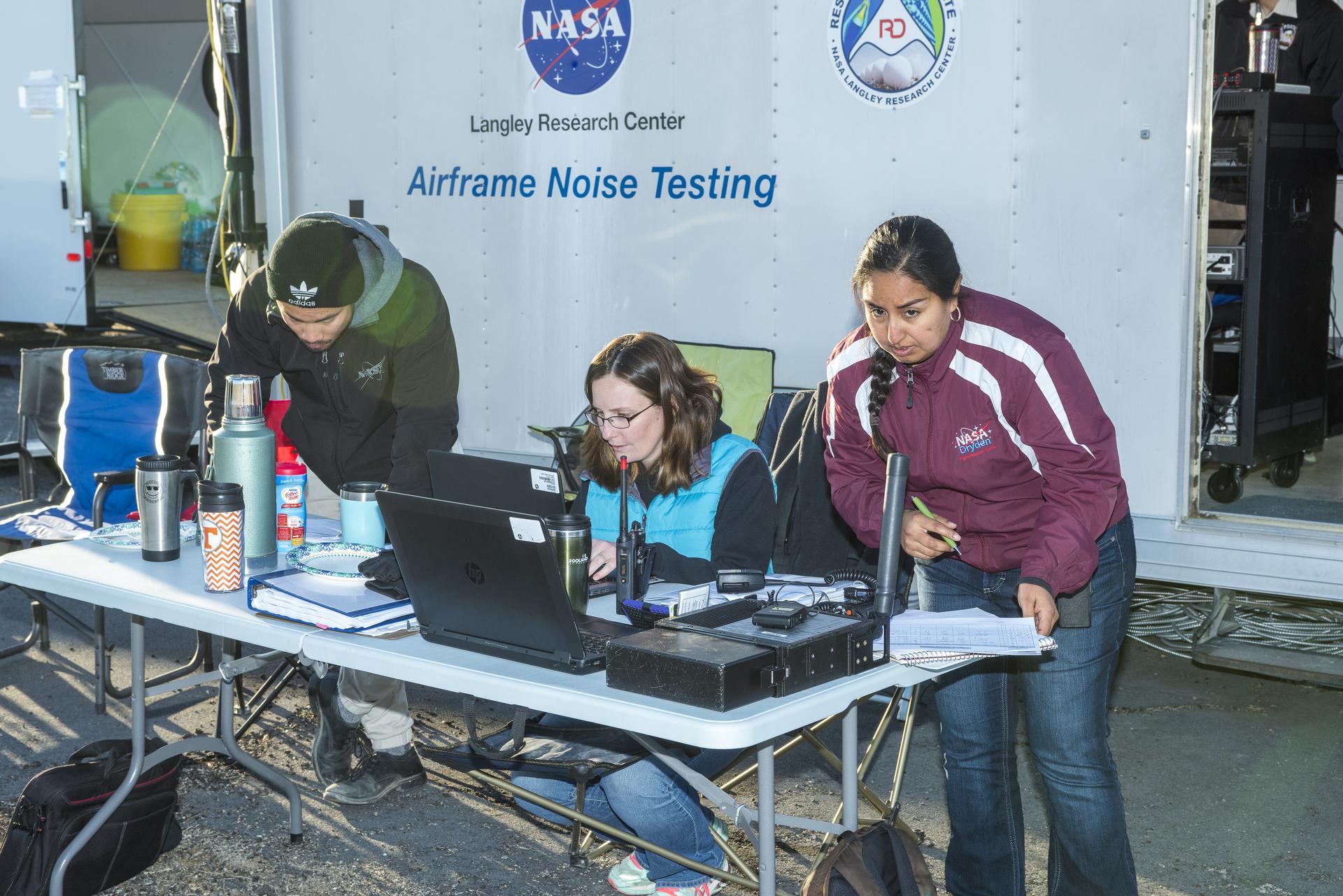
Kassidy McLaughlin
Similarly, flight systems engineer Kassidy McLaughlin discovered that mentorship and hands-on experience as an intern were key to her professional development. She currently leads the development of a ground control station at NASA Armstrong.
In high school and college, McLaughlin enrolled in STEM classes, knowing she wanted to pursue a career in engineering. Encouraged by her mother to apply for a NASA internship, McLaughlin’s career began in 2014 as an intern for NASA Armstrong’s Office of STEM Engagement. She later transitioned to the Pathways program.
“My mentor gave me the tools necessary, and encouraged me to ask questions,” McLaughlin said. “He helped show me that I was capable of anything if I set my mind to it.”
During five rotations as an intern, she worked on the Unmanned Aircraft Systems Integration in the National Airspace System (UAS in the NAS) project. “It is such a rewarding feeling to be in a control room when something you have worked on is flying,” McLaughlin said. That experience inspired her to pursue a career in mechanical engineering.
“NASA Armstrong offered something special when it came to the people,” McLaughlin said. “The culture at the center is so friendly and everyone is so welcoming.”
Julio Treviño
Julio Treviño, lead operations engineer for NASA’s Global Hawk SkyRange project, ensures airworthiness throughout the planning, integration, and flight phases of unique systems and vehicles. He is also a certified mission controller, mission director, and flight test engineer for various agency aircraft.
Much like McLaughlin, Treviño began his journey in 2018 as a Pathway’s intern for the Dynamic and Controls branch at NASA Armstrong. That experience paved the way for success after graduating with a degree in mechanical engineering.
“As an intern, I had the opportunity to work on designing and creating a battery model for an all-electric aircraft,” Treviño said. “It was officially published as a NASA software model for use by anyone throughout the agency.”
Treviño also credits NASA’s culture and people as the best part of his internship. “I had very supportive mentors throughout my time as an intern and the fact that everyone here genuinely loves the work that they do is awesome,” he said.
2025 Application Deadlines
Every year, NASA provides more than 2,000 students the opportunity to impact the agency’s mission through hands-on internships. The 2025 application for fall is May 16, 2025.
To learn more about NASA’s internship programs, application deadlines, and eligibility, visit https://www.nasa.gov/learning-resources/internship-programs/
Share
Details
Related Terms
What's Your Reaction?


















